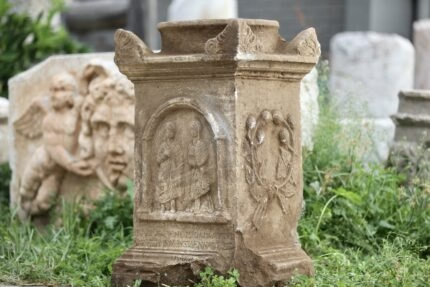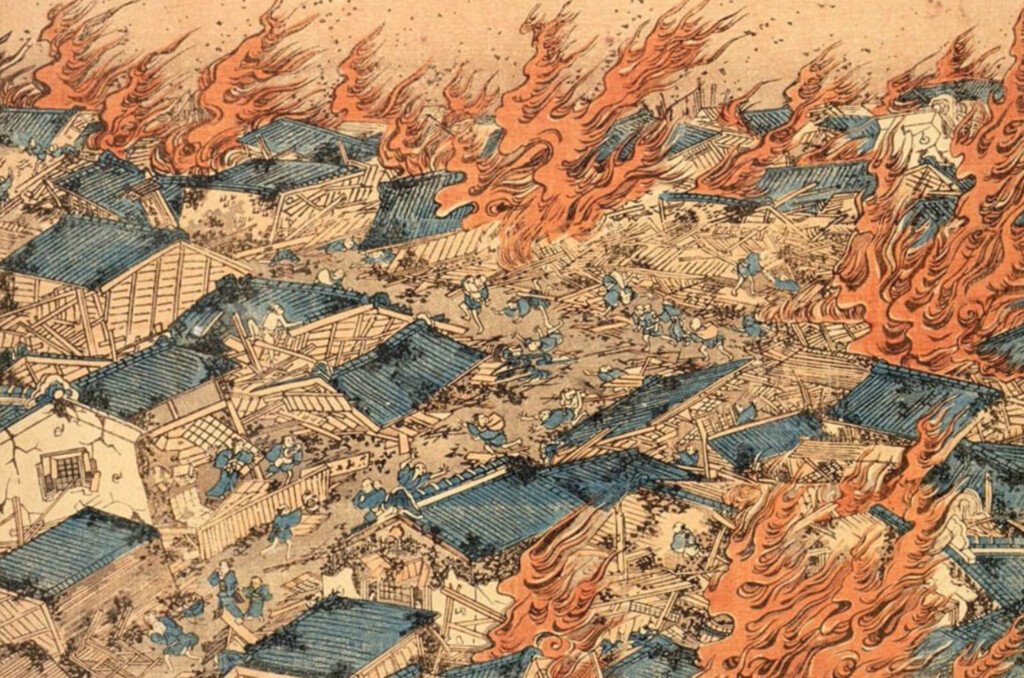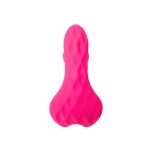Excavation volunteers discover rare Pictish ring – History Blog

A volunteer excavating the remains of a Pictish fort at Burghead in northeast Scotland has discovered a rare Pictish ring.Resembling an oval in shape, with a red gemstone in the centre, possibly a garnet or red glass, it is one of very few Pictish rings known.
This enclosed promontory fort was one of the largest and most important Pictish centres during the height of the kingdom (4th-9th centuries), but is believed to have been stripped of its archaeological material when the town of Burghead was built in the early 19th century. Most of the surviving stone walls were removed and reused for new buildings, leaving only a few ramparts and an underground well. Even a 5th-century stone slab with an image of a bull, believed to have been part of a frieze on the ramparts, was embedded in the harbour wall like the rest of the rock, and only six of the 30 pieces remain safely in the museum.
Gordon Noble, Professor of Archaeology at the University of Aberdeen, has been leading excavations at the site for the past three years, exploring the surviving remains and accurately reconstructing the original structure of the fort. John Ralph, a retired engineer and alumnus of the University of Aberdeen whose family was among those who settled in New Town Burghead in the 19th century, volunteered to join the excavation. He found the ring on the last day of the third excavation.
Professor Noble said what he received was “truly quite remarkable”. “John was digging and came over and said ‘look what I found’. What he handed over was incredible,” he added.
“It’s exciting that we can see this even before conservation work begins because even though it’s been buried for over a thousand years, we can still see flashes of what might be garnet inlays.
“Very few Pictish rings have been found so far, and the ones we know about usually come from treasures deliberately buried in the ground to be kept in some way. We certainly didn’t expect to find something like this lying on the floor of what had once been a house, but it didn’t seem to make much sense, so, as is customary, we left the excavation to the last day of the dig.”
The ring is being analysed by National Museums Scotland’s Post-Excavation Services, who hope to narrow down its age and determine whether it was made for a prominent individual at the fort.
Professor Noble added: “We will now examine the ring, building evidence and other artefacts to determine if the ring was made at the site and who such an important piece of jewellery might have been made for.
“We also have evidence of other metalworking, and the number of buildings we’ve found is quite impressive. This further suggests that metalwork was produced at a high status, and it adds to the evidence that Burghead was a very important centre of power during the Pictish period.”



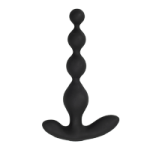 Anal Beads
Anal Beads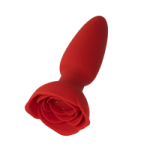 Anal Vibrators
Anal Vibrators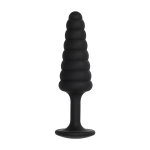 Butt Plugs
Butt Plugs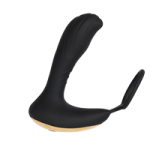 Prostate Massagers
Prostate Massagers
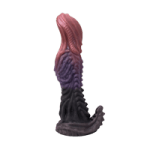 Alien Dildos
Alien Dildos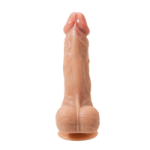 Realistic Dildos
Realistic Dildos
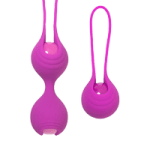 Kegel Exercisers & Balls
Kegel Exercisers & Balls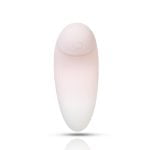 Classic Vibrating Eggs
Classic Vibrating Eggs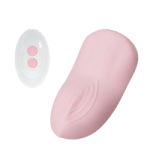 Remote Vibrating Eggs
Remote Vibrating Eggs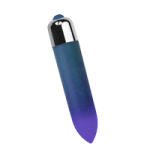 Vibrating Bullets
Vibrating Bullets
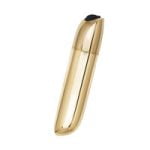 Bullet Vibrators
Bullet Vibrators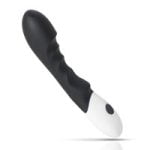 Classic Vibrators
Classic Vibrators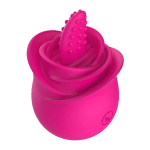 Clitoral Vibrators
Clitoral Vibrators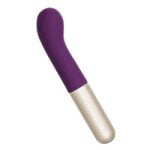 G-Spot Vibrators
G-Spot Vibrators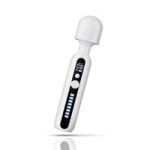 Massage Wand Vibrators
Massage Wand Vibrators Rabbit Vibrators
Rabbit Vibrators Remote Vibrators
Remote Vibrators
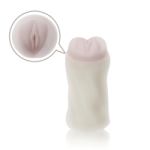 Pocket Stroker & Pussy Masturbators
Pocket Stroker & Pussy Masturbators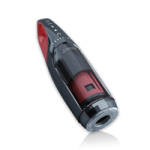 Vibrating Masturbators
Vibrating Masturbators
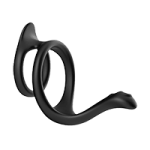 Cock Rings
Cock Rings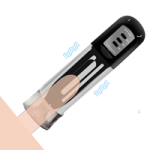 Penis Pumps
Penis Pumps
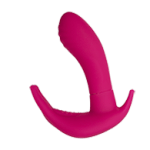 Wearable Vibrators
Wearable Vibrators Blindfolds, Masks & Gags
Blindfolds, Masks & Gags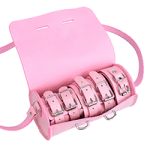 Bondage Kits
Bondage Kits Bondage Wear & Fetish Clothing
Bondage Wear & Fetish Clothing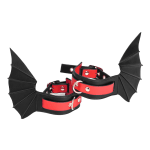 Restraints & Handcuffs
Restraints & Handcuffs Sex Swings
Sex Swings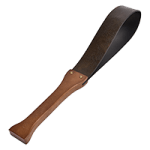 Ticklers, Paddles & Whips
Ticklers, Paddles & Whips






